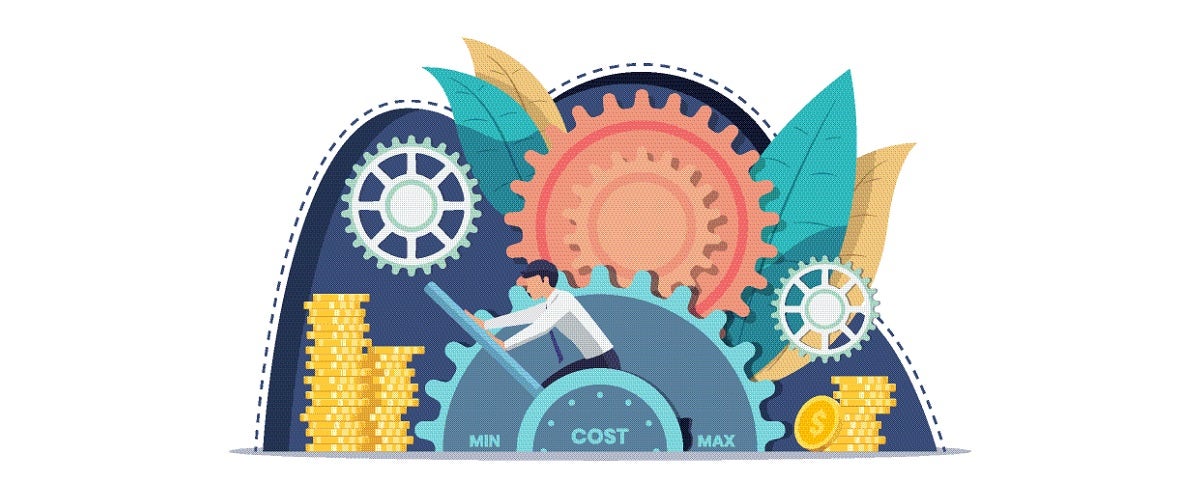
There is a strong myth that has pervaded the manufacturing industry for too long. This myth has become synonymous with truth and has guided more decisions than possibly any other strategic idea. As widely-accepted as this myth is, we’re here to ask: What if it really is just that – a myth?
What is this myth, you ask? We’ll call it the cost-minimizing myth.
Cost-Minimizing Myth: minimizing unit cost is the key to maximizing ROI
Organizations continuously make decisions, large and small, based on this assumption; they prioritize cutting costs above all other things. This belief is so deeply ingrained in the thinking and strategy of so many manufacturing organizations that few have bothered to question it. But does minimizing unit costs really lead to MAXIMIZED ROI? Does this really lead to the best outcome for an organization?
Minimizing costs to maximize ROI makes sense to most business minds; of course, when you reduce costs, your return increases...right? Accounting principles reinforce this idea, and, in many organizations in the manufacturing industry, accounting has a stronghold on guiding business decisions. Should accounting truly determine strategic decisions, though? What if an organization’s decisions were directed more by a commitment to advancement in a changing business environment? While minimizing unit cost may inherently seem like the obvious route to market dominance, refusing to invest in your organization and its tools in the name of cost-minimizing will continue to limit your organization and its potential growth and success.
Unfortunately, when minimizing unit costs, it always comes at a price. What are companies often giving up in the name of cost-cutting?:
Better tools that help employees work faster, smarter, or easier
Solutions that provide a competitive advantage for the organization
Mindsets that allow an organization to move toward the future
Abiding by this outdated “rule” only creates a limited mindset that puts your organization in a position to fall behind and eventually fail.
What happens when you no longer abide by the cost-minimizing myth?
When organizations let go of the expired idea that minimizing costs is the direct path to high ROI, they open themselves up to make decisions that position them for long-term success. What changes will you see in your organization and its decisions?
You’ll begin looking at your employees and their experience at work as investments.
When the focus of organizations is on minimizing unit cost, oftentimes the experience of employees gets pushed to the back burner, resulting in employees who do not have the resources to do their jobs to the best of their ability. When the focus shifts away from cost minimization, it can shift back toward creating a positive and well-equipped environment for your employees to thrive and excel in their roles, therefore helping your entire organization accelerate.
You’ll start creating new rules that work with the current, rapidly changing industry.
Once your organization releases the cost minimization “rule,” one that was created for a now-antiquated industry environment, your team can get to work analyzing the realities of today’s quickly changing market and how you can position your company competitively. New environments require new rules, and expanding perspective beyond outdated rules allows your organization to be adaptable industry leaders.
You begin investing in technology that gives your company a competitive edge.
Under the umbrella of the cost-minimization mindset, investments in innovative technological solutions are often cast aside as “unnecessary” or “unwise” as they do not directly minimize unit costs. When an organization realizes that this mindset is not always correct, though, it becomes clear that investments in technology like software solutions provide significant ROI that simultaneously position a company competitively. More than the benefits of minimizing unit costs, investment in advanced software solutions makes the work of employees easier, quicker, and more accurate, it improves workflow throughout an organization, and it creates greater efficiency overall, leading to short-term and long-term ROI.
